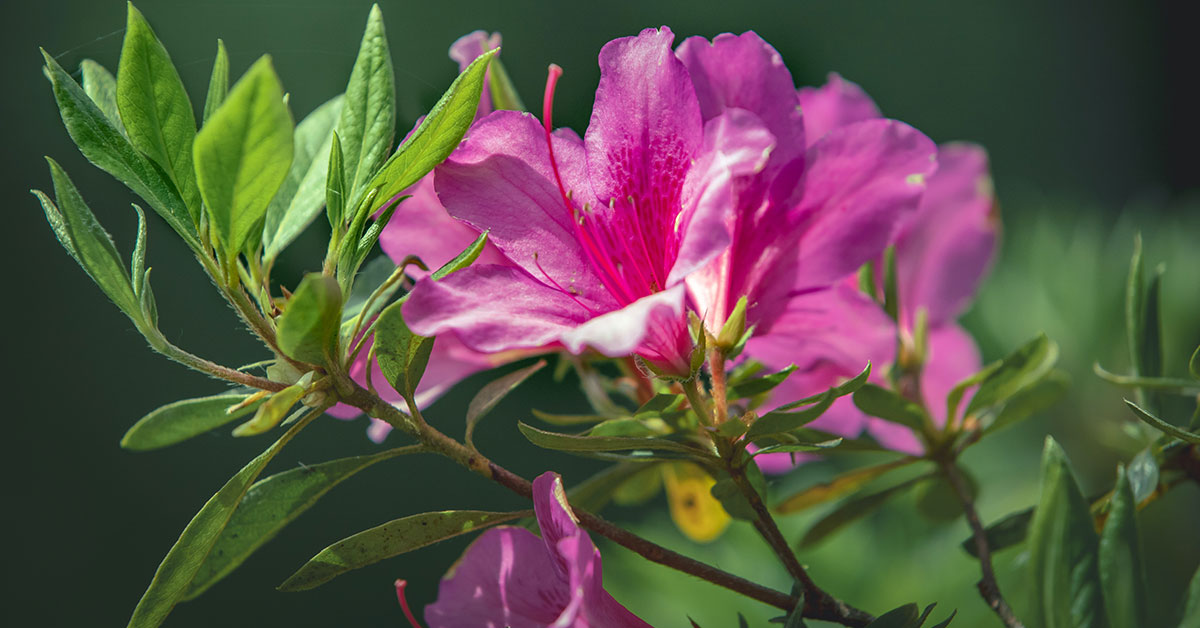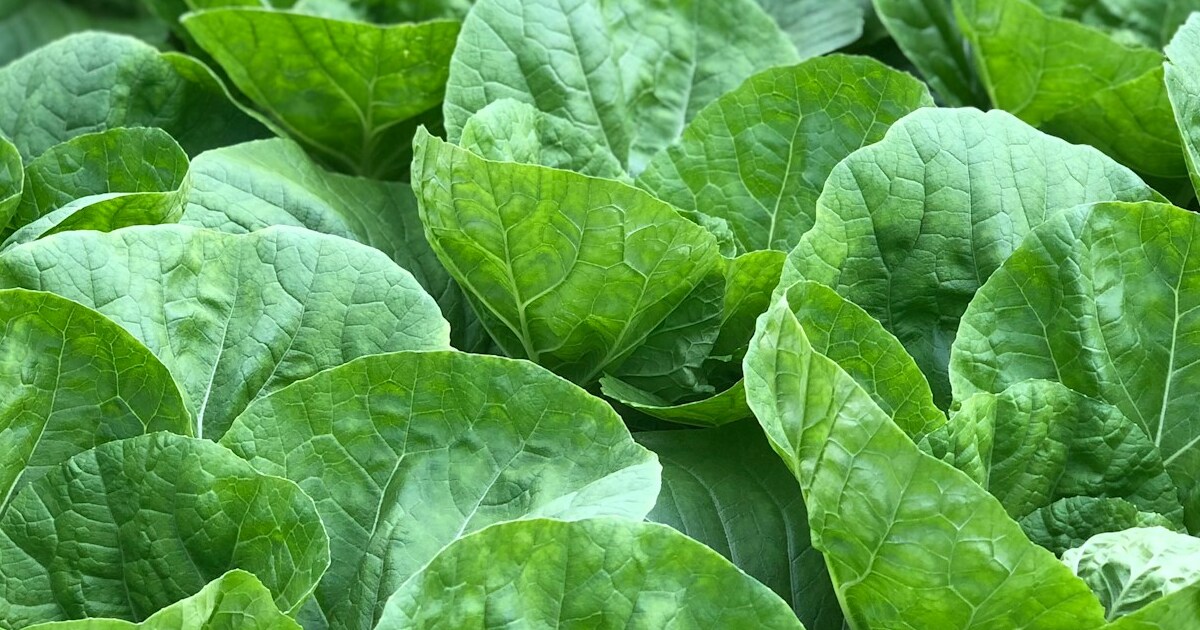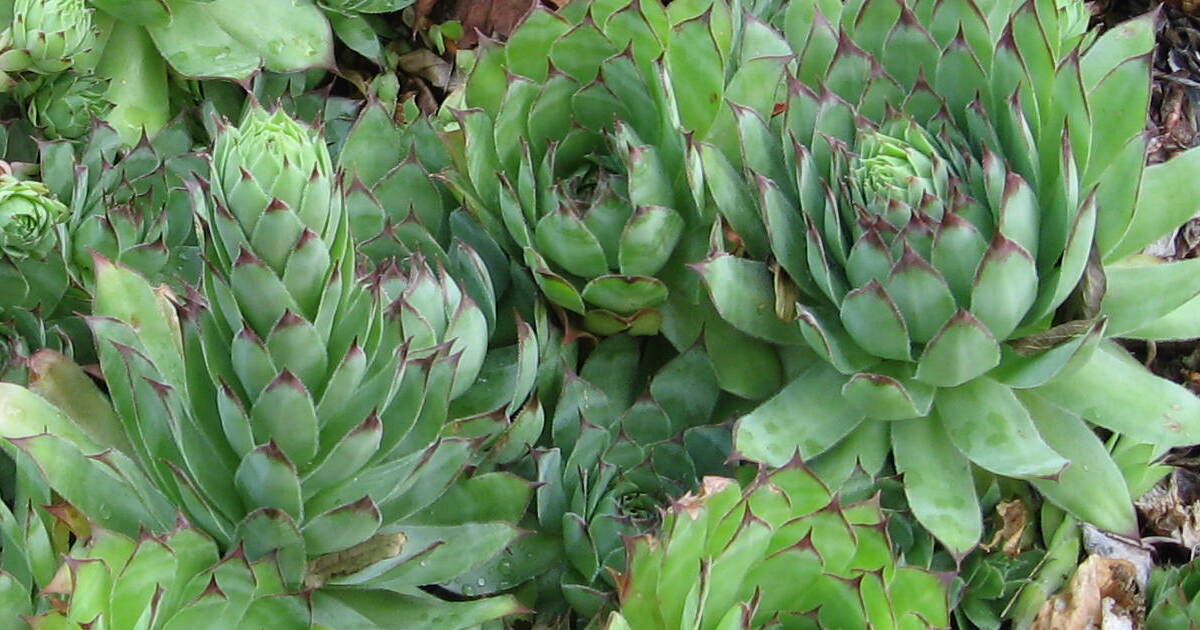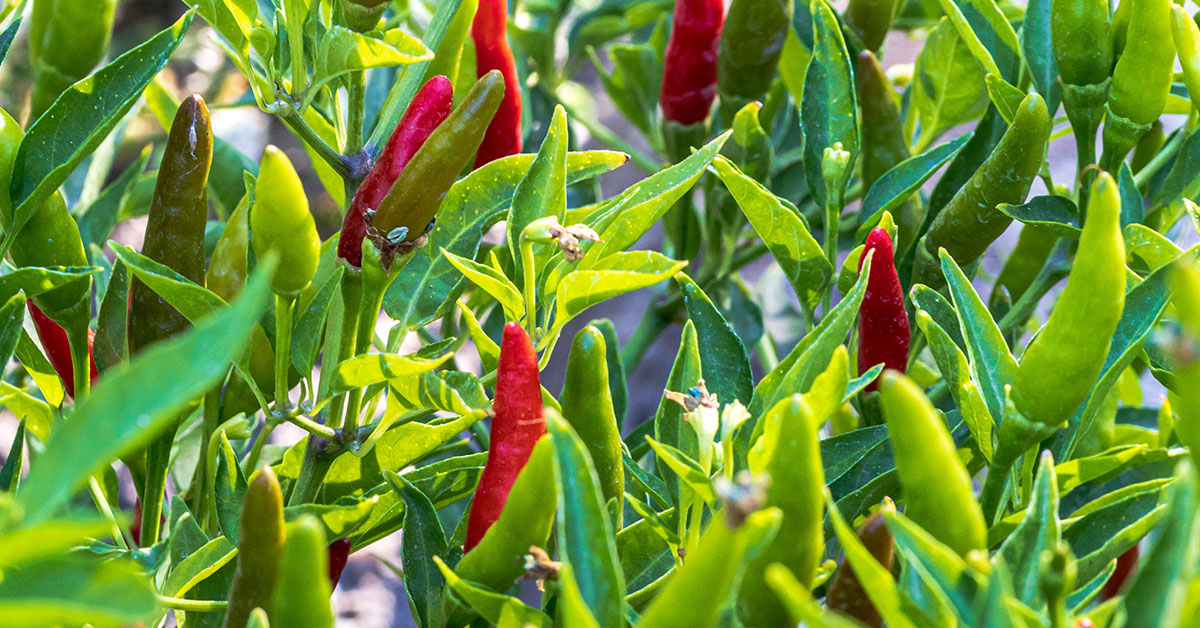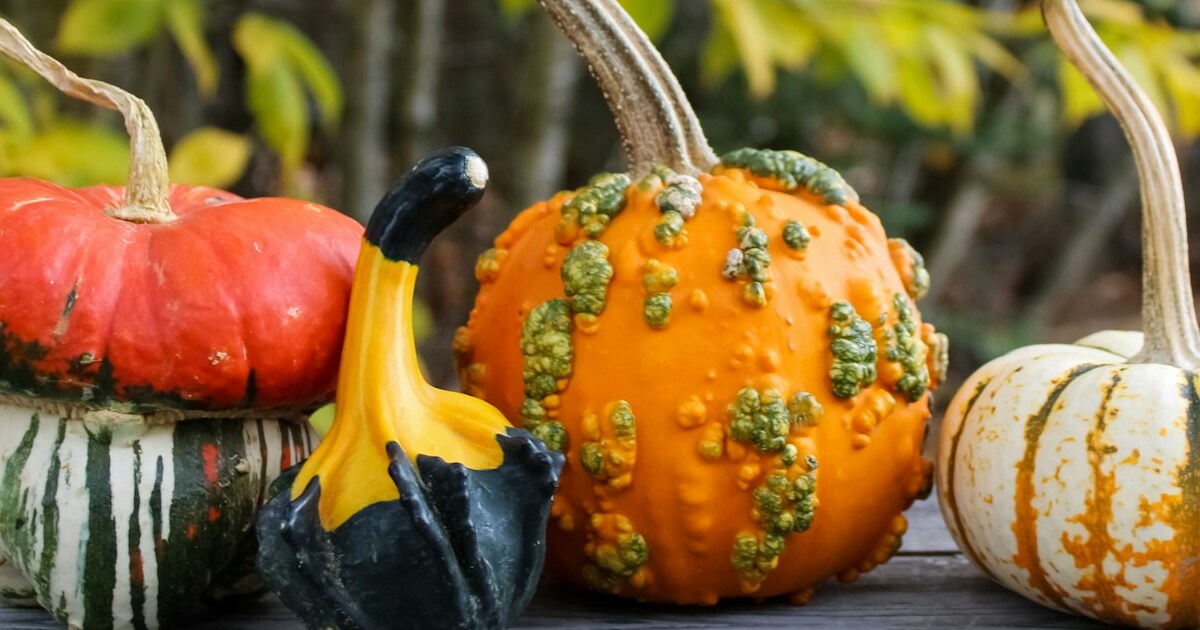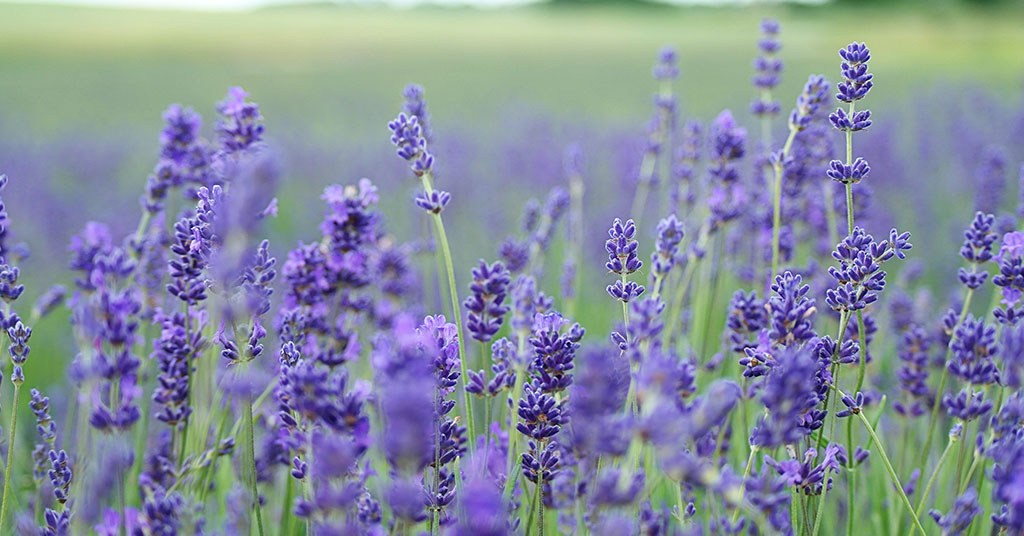Azaleas, with their vibrant and captivating blooms, are a popular choice among gardeners looking to add a splash of color to their landscapes. To ensure that these stunning shrubs continue to produce an abundance of flowers, it is essential to practice proper deadheading techniques. Deadheading, the process of removing spent blooms, not only enhances the aesthetic appeal of azaleas but also promotes healthy growth and encourages the development of new buds. In this article, we will delve into the art of how to deadhead azaleas, exploring the benefits, step-by-step instructions, and essential tips to help you maintain the beauty and vitality of these remarkable plants.
Whether you are a seasoned gardener or just starting your green thumb journey, mastering the art of deadheading azaleas will undoubtedly elevate your gardening skills and reward you with a breathtaking display of blooms.
Should you deadhead azaleas?
Deadheading azaleas refers to the practice of removing spent flowers from the plant. Whether or not to deadhead azaleas depends on the specific goals and preferences of the gardener. Deadheading azaleas can have several benefits:
- Improved appearance: Removing faded flowers can enhance the overall aesthetic appeal of the plant. It keeps the plant looking tidy and prevents it from appearing messy or unkempt.
- Stimulating new growth: Deadheading redirects the plant’s energy from seed production to new growth. By removing spent flowers, the plant can focus on developing new buds and foliage, resulting in a fuller and more vigorous plant.
- Extended blooming period: Azaleas typically have a specific blooming period, and deadheading can help prolong this period. By removing spent flowers, the plant is encouraged to produce new blooms, extending the overall flowering time.
- Preventing seed production: Deadheading prevents azaleas from producing seeds. This can be beneficial if you want to conserve the plant’s energy for other purposes, such as root development or overall growth.
However, there are a few considerations to keep in mind:
- Time and effort: Deadheading azaleas can be a time-consuming task, especially if you have a large number of plants. Consider whether you have the time and willingness to regularly deadhead your azaleas.
- Natural appearance: Some gardeners prefer to leave spent flowers on the plant, as they can add a natural and rustic look to the garden. If you enjoy the appearance of faded flowers or prefer a more naturalistic garden style, deadheading may not be necessary.
- Wildlife attraction: Azaleas produce nectar-rich flowers that attract pollinators like bees and butterflies. If you want to support local wildlife, leaving spent flowers on the plant can provide a food source for these beneficial insects.
In conclusion, deadheading azaleas is not a necessary task, but it can improve the appearance, stimulate new growth, extend the blooming period, and prevent seed production. Consider your personal preferences, available time, and the overall garden style before deciding whether or not to deadhead your azaleas.
When to deadhead azaleasd
The best time to deadhead azaleas is immediately after they finish blooming. Azaleas typically bloom in the spring, so deadheading should be done in late spring or early summer. Deadheading is the process of removing spent flowers from the plant, which helps to promote new growth and improve the overall appearance of the azalea.
When deadheading azaleas, it is important to remove the entire flower cluster, including the stem, without damaging the surrounding foliage. This can be done by using sharp pruning shears or simply pinching off the spent flowers with your fingers. Make sure to clean your tools with rubbing alcohol before and after use to prevent the spread of diseases.
By deadheading azaleas promptly after blooming, you encourage the plant to put its energy into producing new growth and developing strong, healthy buds for the following year’s blooms. Additionally, removing the spent flowers prevents the formation of seed pods, which can divert energy away from the plant and reduce the overall vigor of the azalea.
It’s worth noting that not all azalea varieties require deadheading. Some azaleas, such as the Encore series, are self-cleaning and do not produce as many spent flowers. However, if you notice any faded or wilted flowers on your azaleas, it is still beneficial to remove them to maintain a tidy appearance and encourage new growth.
How to deadhead azaleas
Deadheading azaleas is an essential task to maintain the health and appearance of these beautiful flowering shrubs. Deadheading refers to the removal of spent flowers, which encourages the plant to produce new blooms and prevents the formation of seed pods. Here is a step-by-step guide on how to deadhead azaleas:
- Timing: The ideal time to deadhead azaleas is immediately after the flowers have faded and started to wither. This typically occurs in late spring or early summer, depending on the specific variety of azalea.
- Gather the necessary tools: You will need a pair of clean, sharp pruning shears or scissors. Make sure the blades are clean to prevent the spread of diseases between plants.
- Identify spent flowers: Look for flowers that have lost their vibrant color and are starting to wilt or dry out. These are the ones you want to remove.
- Positioning: Carefully examine the stem of the spent flower and locate the first set of healthy leaves or buds below it. This is where you will make your cut.
- Cut at an angle: Position the pruning shears or scissors just above the first set of healthy leaves or buds, and make a clean, angled cut. The angle should be approximately 45 degrees, sloping away from the healthy growth.
- Dispose of the spent flowers: Collect the removed flowers and dispose of them in the compost pile or trash. Do not leave them on the ground near the azalea, as this can attract pests or diseases.
- Repeat the process: Continue deadheading all the spent flowers on the azalea bush, working your way around the plant. Be sure to inspect each stem carefully to avoid accidentally removing any healthy buds or leaves.
- Clean up: Once you have finished deadheading, clean your pruning shears or scissors with rubbing alcohol or a bleach solution to disinfect them. This helps prevent the spread of diseases to other plants.
- Water and fertilize: After deadheading, give your azalea a thorough watering to help it recover from the stress of flower removal. Additionally, consider applying a balanced, slow-release fertilizer according to the manufacturer’s instructions to promote healthy growth and future blooms.
- Monitor for new growth: Keep an eye on your azalea bush in the following weeks to observe new growth and the formation of new flower buds. With proper care, your azalea should produce a fresh flush of blooms in the next flowering season.
Remember, deadheading is not the only maintenance task for azaleas. Regular pruning, watering, and fertilizing are also essential for their overall health and vigor. By following these steps, you can help your azaleas thrive and enjoy a stunning display of flowers year after year.
Aftercare
After deadheading azaleas, it is important to follow a few care guidelines to ensure the health and vitality of the plant. Here are the detailed steps:
- Timing: Deadheading should be done immediately after the azalea blooms start to fade. This is typically in late spring or early summer, depending on the specific variety.
- Tools: Use a pair of clean and sharp pruning shears or scissors to deadhead the azaleas. Make sure to disinfect the tools with rubbing alcohol or a bleach solution before and after use to prevent the spread of diseases.
- Deadheading Technique: Look for spent flowers that have wilted or turned brown. Follow the stem down to the first set of healthy leaves or leaf node. Using the pruning shears, make a clean cut just above the leaf node, removing the entire flower cluster.
- Remove Diseased or Damaged Parts: While deadheading, inspect the azalea for any diseased or damaged branches, leaves, or flowers. If you find any, prune them back to healthy tissue, making sure to cut just above a leaf node or branch junction.
- Clean Up: Collect all the dead flowers, leaves, and pruned parts from the ground and dispose of them properly. This helps prevent the spread of diseases and pests.
- Watering: After deadheading, water the azalea thoroughly to provide moisture and nutrients to the plant. Water deeply, ensuring the soil is evenly moist but not waterlogged. Azaleas prefer moist, well-draining soil.
- Fertilization: Apply a balanced, slow-release fertilizer specifically formulated for acid-loving plants, such as azaleas. Follow the manufacturer’s instructions for the correct dosage and application method. Fertilize the azalea after deadheading to promote healthy growth and future blooms.
- Mulching: Apply a layer of organic mulch, such as pine needles or bark chips, around the base of the azalea. Mulching helps retain soil moisture, suppresses weed growth, and provides insulation to the roots.
- Pruning: If needed, perform any necessary pruning to shape the azalea or remove any overgrown or crossing branches. However, avoid heavy pruning immediately after deadheading, as it may reduce the plant’s ability to produce new flower buds for the next season.
- Regular Care: Continue to provide regular care for the azalea, including watering, fertilizing, and monitoring for pests and diseases. Azaleas prefer partial shade or filtered sunlight, so ensure they are planted in a suitable location.
By following these care guidelines after deadheading azaleas, you can help maintain the health and beauty of the plant, ensuring it thrives and produces abundant blooms in the future.


